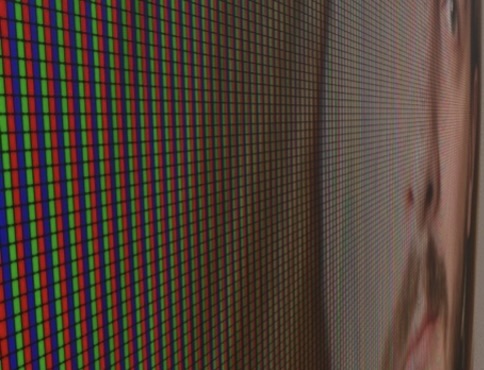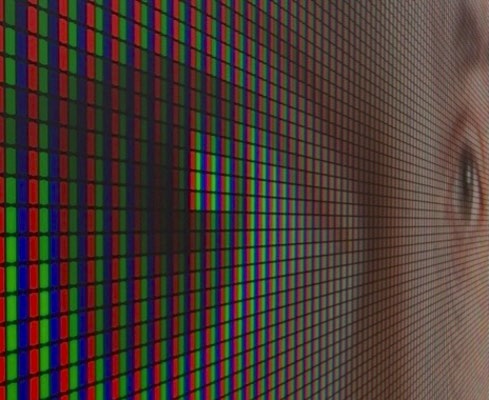

exhibited at NAC 2024, Hala La Minor, Bucharest
This project was created within the framework of the NEO ART Connect program.
In this experiment, I repurposed ethically questionable technologies to create a deconstructive, digitally reproduced visual project that debates its own function. Using publicly available audio-visual materials, I depicted the jurors of the contest (Neo Art Connect, 2024 edition) where I submitted my work. Thus, I created a meta-jurization, where the jurors, through AI-cloned versions of their own voices, critique a project that doesn’t exactly exist. The jurization was also generated using an A.I. language model, further distancing myself from the created content.
In its exhibited form, following the jurization, the project is presented as an installation involving three components: two screens and a device that plays the materials on them. The device is framed as a technological instrument, representing truth on one side (the artificial intelligence processes) and lies on the other (the project’s output).
View of the exhibited installation
video work proposed in the contest
PROPOSAL STATEMENT
The dependency of artistic productions on one form of technology or another can be seen, especially in recent times, as an argument supporting the hypothesis that, since visual arts are no longer bound to the exclusive use of dedicated technologies, the author of artistic productions can be regarded as a para-user.
By borrowing various technologies but not adhering to their original intended functions, the author can, through manipulation, reveal the mechanics of the technologies used (though not necessarily) for new, self-defined purposes of an aesthetic or conceptual nature.
In the increasingly distant past, artistic production processes were deliberate exercises, sufficient in themselves and serving as means to an end. Today, however, the procedural history of the artwork can become the author’s very objective, with the object assuming the identity of a medium in what might not be called artistic production processes but rather the production of artistic processes.
What we now know as new media could find its origins in the actions of para-users—authors who borrowed technologies not conventionally dedicated to the visual arts and employed them in novel, counter-intuitive ways. Examples include Pierre Soulages’ use of the paintbrush or Wolfgang Staehle’s live-streaming of images.
In this context, we observe the borrowing of technologies that have been (and have the potential to be) ethically problematic, repurposed here with a deconstructive intent. These technologies are used as a medium to create virtually (re)produced images (utilizing publicly available audio-visual materials on the Internet) of individuals responsible for evaluating the project submissions, including the one in which Curated Content Creator was entered.
(personal text)
A technical detail that may be of interest is the reproduction of the RGB screen within the 3D program where the final scene was rendered (the scene’s purpose was to reveal the true filmic space of the project). A closer look, as shown below, reveals the pixelated nature of that reality.

